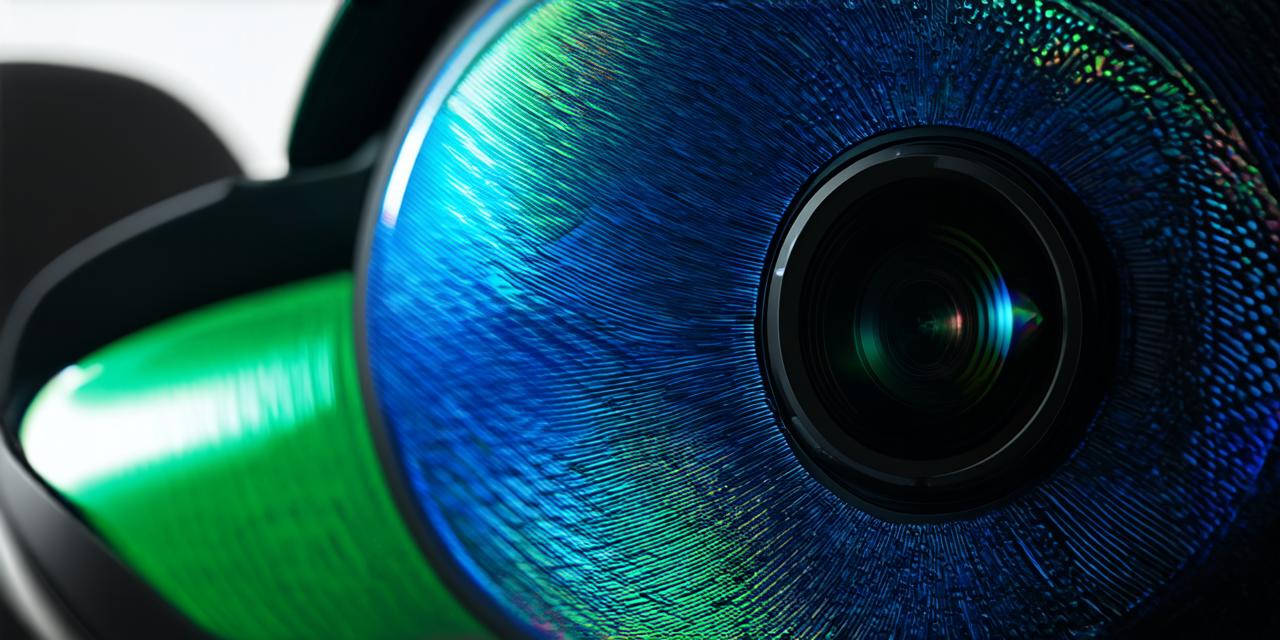Virtual reality (VR) technology is rapidly evolving and becoming more accessible to developers. One of the most popular VR platforms is Oculus Quest 2, which offers a range of features that make it an ideal platform for developing engaging and immersive experiences. In this article, we will guide you through the process of creating virtual reality experiences for Quest VR, from start to finish.
Getting Started with Unity
Before diving into the world of VR development, you need to choose a platform that suits your needs. One of the most popular and versatile platforms is Unity, which allows developers to create experiences for multiple platforms, including Quest 2. Unity offers a range of tools and features that make it an ideal choice for beginners.
To get started with Unity, you can download the free version from the official website (https://unity3d.com/get-started). Once you have installed Unity, you will need to create a new project and select the Quest 2 platform. You can then choose one of the available templates or start with a blank project.
Designing Your VR Environment
Once you have set up your Unity project, it’s time to start designing your virtual environment. One of the most important aspects of VR development is creating an immersive and believable environment that engages the user. This includes everything from lighting and textures to sound effects and movement.
To create a realistic environment, you will need to pay close attention to detail. For example, consider how users will move through the space and what they will encounter along the way. You will also need to consider the lighting in your environment and how it affects the mood and atmosphere of the experience.
Creating Your VR Characters
Another important aspect of VR development is creating characters that feel authentic and engaging. This includes designing realistic avatars and animations that reflect the user’s movements and actions.
To create realistic characters, you will need to use a combination of 3D modeling, animation, and AI technology. For example, you can use Unity’s animation tools to create natural-looking movements for your characters, and incorporate AI to make them more responsive and interactive.
Incorporating Audio and Sound Effects
Audio is an essential component of any VR experience, as it helps to immerse the user and create a more realistic environment. To create effective audio for your VR experience, you will need to consider the type of environment you are creating and the sounds that would be appropriate.
For example, if you are creating a horror game, you may want to incorporate spooky sound effects like eerie music and creaking doors. On the other hand, if you are creating a nature documentary, you may want to include ambient sounds like birds chirping and rustling leaves.
Testing and Optimization
Once you have created your VR experience, it’s time to test it on a real device to ensure that it runs smoothly and is optimized for performance. One of the biggest challenges of VR development is achieving smooth and responsive performance, especially on less powerful devices like Quest 2.
To optimize your VR experience for Quest 2, you will need to pay close attention to the hardware specifications of the device and ensure that your graphics and animations are designed with those limitations in mind. You may also need to make adjustments to the environment and characters to reduce load times and improve performance.
FAQs
Q: What software do I need to create VR experiences for Quest 2?
A: Unity is a popular platform for creating VR experiences for Quest 2. You can download the free version of Unity from the official website (https://unity3d.com/get-started).
Q: How do I create realistic characters in my VR experience?
A: To create realistic characters, you will need to use a combination of 3D modeling, animation, and AI technology. You can use Unity’s animation tools to create natural-looking movements for your characters, and incorporate AI to make them more responsive and interactive.
Q: What are some tips for optimizing VR experiences for Quest 2?
A: To optimize your VR experience for Quest 2, you will need to pay close attention to the hardware specifications of the device and ensure that your graphics and animations are designed with those limitations in mind. You may also need to make adjustments to the environment and characters to reduce load times and improve performance.
Q: What resources are available for learning more about VR development?
A: There are many online resources available for learning more about VR development, including tutorials, documentation, and community forums. Some popular platforms for VR development include Unity, Unreal Engine, and A-Frame.
